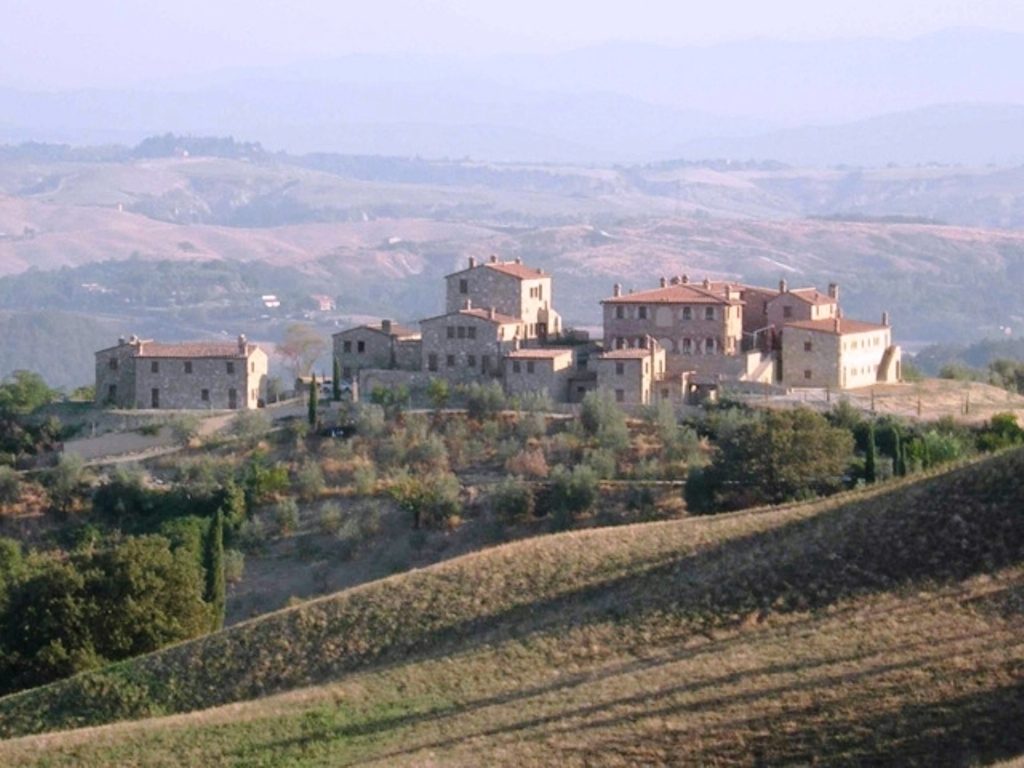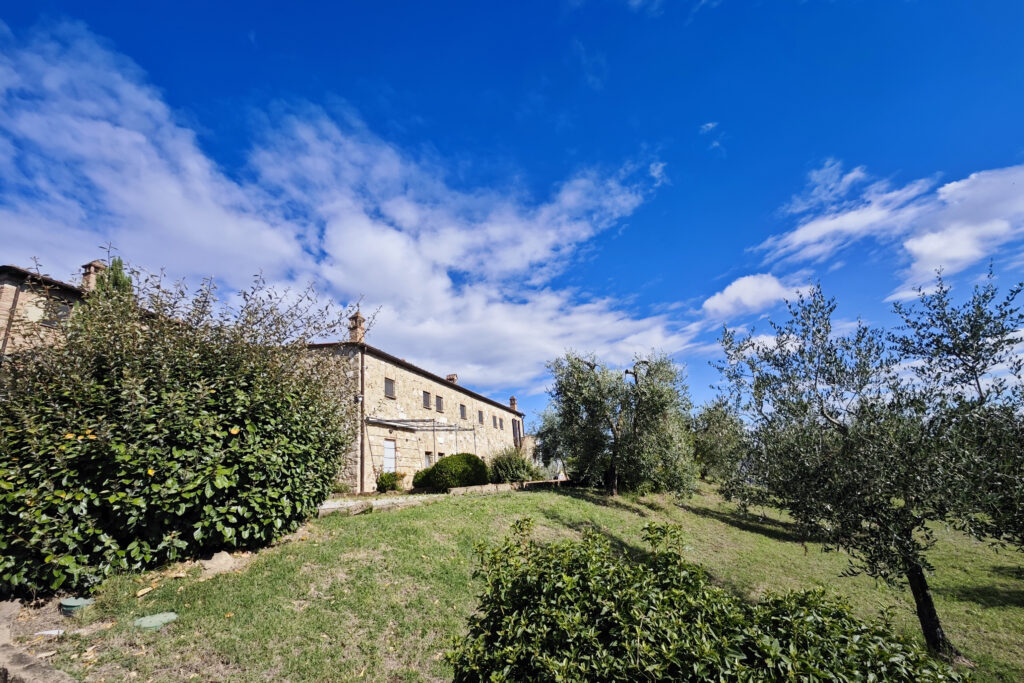Unveiling the History of Palazzo Monaci
It was Sugherio Gallerani, a skilled Sienese merchant, who had a small chapel dedicated to San Galgano built inside the small rural village of Squillino that he owned.
Laying the first stone on July 29, 1279.
His dedication to the Cistercian monks of San Galgano meant that, on June 10, 1286, with a deed of donation, many of his properties in Asciano were transferred to them
Squillino, located along the road to Chiusure on the hills that divide the Ombrone valley and the Copra ravine, was transformed by the monks into a granary where they could accumulate and store food supplies, with particular reference to the wheat coming from the lands they owned.
Birth of Palazzo a’Monaci
Following this transformation, the place took the name of Palazzo a ‘ Monaci, later abbreviated to Palazzo Monaci
The geolocation of Palazzo Monaci has made it a place of great strategic importance in terms of communications for defensive purposes
The history of Palazzo Monaci and its particular location in fact allowed it to receive visual and light signals from many towers and bell towers in the area capable of keeping the entire Ombrone River Valley and its tributaries under control.
Communication with the village of Asciano was then guaranteed through the Convent of San Francesco, a structure located on a hill that, in addition to visually dominating Palazzo a Monaci, served as a garrison over the places where commercial exchanges took place.
It was at the end of the 19th century that the convent was transformed into a farm complex and around 2010 a careful renovation transformed the farm into a residential village.




Apartment availability
Contact-us
Photo gallery Relax Palazzo Monaci
Codice Identificativo Nazionale CIN IT052002C2FNQI5AGT
